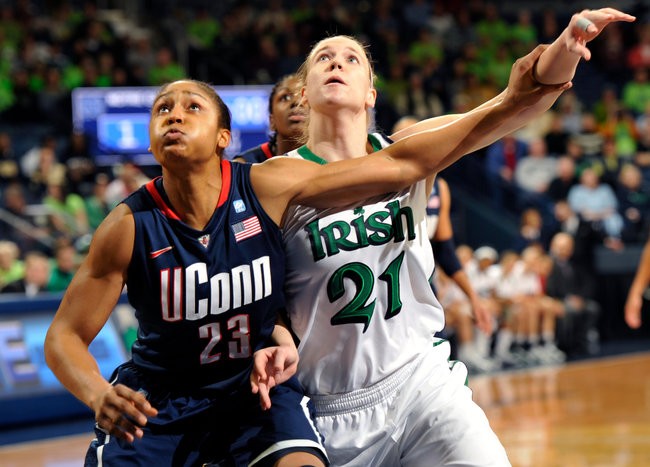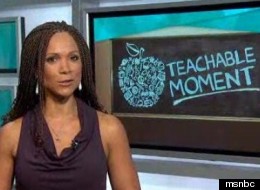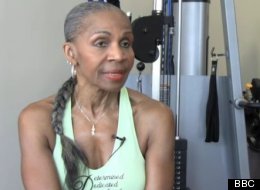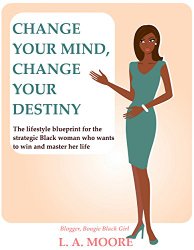Image via The Washington Informer
Black Women Carving Out Niche in Construction Industry
There was a time when it was unheard of for a woman, let alone a black woman, to be allowed anywhere near a construction site. But now, with the influx of females assuming jobs traditionally dominated by men, those like Deryl McKissack are giving new meaning to their roles in the workforce – specifically women who show up donning a hard hat, a safety vest and steel-toed shoes rather than a Marc Jacobs suit and Louboutins. To continue reading, click here.
Image via The Root
When the Black Church Fails Women
One writer explains why, when her pastor announced his support for Megachurch Pastro Creflo Dollar who was arrested late last week for committing simple battery and cruelty to a child against his fifteen year old daughter, she got up and walked out. It wasn’t just that she was sickened by the support of Christians who came out in droves to defend Dollar (“What is this, Chris Brown and Ri-Ri 2.0?” she asks readers). She also argues that, although it’s true that we don’t know the whole story, what we do know raises some serious questions about “Why black women are so ready to cosign theologies that literally support us getting our asses kicked in our own house.” And she offers seven points for those who want to change that to consider: To continue reading, click here.
‘Doc McStuffins’ TV Character Seen as Symbol of Pride & Hope
*(Via theGrio) – A pig-tailed girl whose favorite accessory is a pink stethoscope has become a symbol of pride and hope for black women in medicine and the daughters they want to inspire. Doc McStuffins, the African-American title character of an animated TV series for children, dreams of becoming an M.D. and, for now, runs a cheerful home clinic for stuffed animals and dolls. “I haven’t lost a toy yet!” Doc exclaims as she hugs a blue dinosaur in need of attention. For Dr. Myiesha Taylor, who watches Disney Channel’s “Doc McStuffins” with her 4-year-old, Hana, the show sends a much-needed message to minority girls about how big their ambitions can be. To continue, reading click here.

Image via The New York Times
Black and White Women Far From Equal Under Title IX
Last week, 20 African-American women with various connections to athletics met in Harlem at the Schomburg Center for Research in Black Culture. This was a private event — no stage, no audience — but a gathering of accomplished, like-minded women who had come to tackle the vexing issues of gender and race. The topic was “What’s Not Being Said About the Title IX Anniversary…”
“My idea was to make sure that we tell our own story,” said Tina Sloan Green, the co-founder and president of the Black Women in Sport Foundation, based in Philadelphia. Sloan Green was the first black head coach in women’s college lacrosse, at Temple, from 1973 to 1992. “If we don’t advocate for black women, who will we have to be the first to advocate for ourselves? We have to be the first ones at the table. We have to have some proactive measure for making sure there is increased numbers of African-Americans. We’ve got to take charge of our agenda.”
A few days before the Schomburg salon, the Aspen Institute Sports and Society Program held a public symposium in Washington with a similar theme: “Title IX and Beyond: How Do We Get the Rest of Our Girls in the Game?” The focus was broader — women of color — but it dealt with the same issues of a widening gap of opportunity separating white women and nonwhite women.
The Washington panel included the former University of Connecticut basketball star Maya Moore; Benita Fitzgerald Mosley, an Olympic gold medalist in track and field; Anita DeFrantz, an International Olympic Committee member; and Dionne L. Koller, an assistant professor of law at the University of Baltimore and the director of the Center for Sport and the Law.
There was a distinct difference in how the two groups framed the array of problems. At the Aspen Institute forum, the sense was that the inequality of opportunities was an intentional blind spot that could be corrected with good will. In Harlem, there was a sense — among some, although certainly not all — that the gap was in some ways a moat designed to protect white privilege, opportunity and power.
Tina Sloan Green believes the latter.
“The value of sports is not only the physical and the mental, but it’s also valuable in terms of preparing you for an administrative opportunity, especially with sport being a multibillion-dollar business,” Green said.
She said she did not think that the inequities in sports opportunities were an accident. “These white women don’t want us to compete with them,” she said. “They want their kids to get the scholarships. They’re thinking about themselves. They give us all kinds of awards, but when it comes time to distributing the money, it’s a whole other story.” To continue reading, click here.

Image via MSNBC
Black Hair: ‘The Melissa Harris-Perry Show’ Gives A Crash Course in Black Hair 101 (VIDEO)
Yes! The video that every woman of color has been waiting for is finally here. The short and sassy PSA produced by MSNBC’s Melissa Harris-Perry is a must-see for anyone-especially those super curious, overzealous, hair-touching and/or rude people-that can’t seem to control themselves when it comes to Black women’s hair. To watch the video, click here.

Image via the BBC
Ernestine Shepherd: The 75-year-old bodybuilding grandma (Video)
The world’s oldest female bodybuilder wakes up every day at 02:30 to fit in a 10 mile (16km) run before hitting the gym. But 75-year-old Ernestine Shepherd insists that “age is nothing but a number”. “Miss Ernie”, as she is known in the world of competitive bodybuilding, began training at the tender age of 71. She says her true calling in life, however, is helping others to follow a more healthy lifestyle. The BBC caught up with her at an exercise class at her church in the US city of Baltimore, Maryland, to find out why she started bodybuilding. To watch the video, click here.














You are so interesting! I do not think I’ve truly read through a single thing
like this before. So wonderful to discover someone with a few unique
thoughts on this issue. Seriously.. thanks for sarting this
up. This website is one thing that is required onn the web, someone with a bit of originality!
laser surgery for one eye cataract removal with
macular degeneration the cornea and laser eye institute in new jersey k c eye clinic lasik laser bratislava yag eye laser procedure eye exercises for myopia
children
You will not resent investing in such adult materials.
Conquest was one of the first high budgeted porn films and surprisingly, it turned out
to be a big hit in the industry. Buyers would just have
to log in to specific Websites and download the films after paying a significant amount of money, usually conveyed and transacted electronically through
existing and active credit card accounts.
It’s amazing designed for me to have a site, which is useful for my know-how.
thanks admin
red spots on skin caused by alcohol how to remove actinic
keratosis at home keratosis pilaris 2 year old itchy red skin on eyelids scratching causes blood
spots under skin my baby has little spots on her face
seborrheic keratosis dermatitis
It’s awesome to pay a quick visit this web page and reading the
views of all mates regarding this article, while I am also zealous of getting experience.
I think the admin of this web page is genuinely working hard in favor of his site, for the reason that here
every data is quality based stuff.
What’s up, I desire to subscribe for this blog to obtain hottest updates, thus where can i do
it please help.